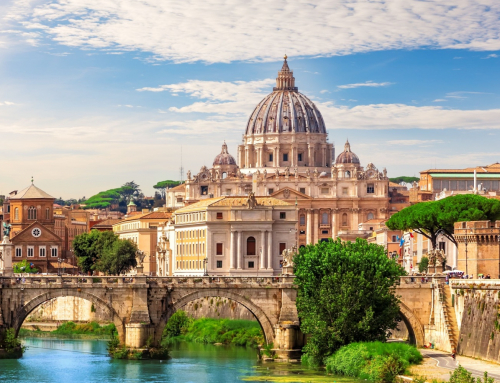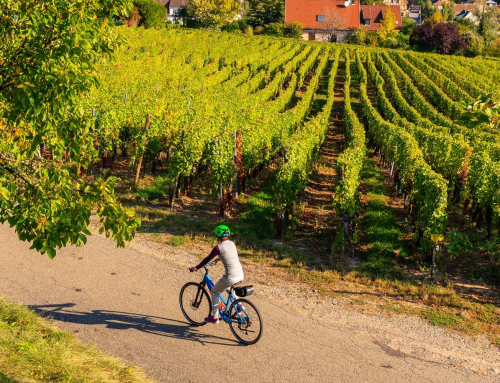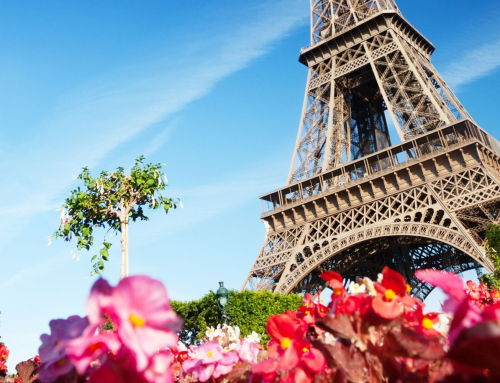Despite being compared to paradise evoking Hawaii, the Azores don’t trip off the tongue when naming popular European archipelagos. Unlike sun-drenched Mediterranean holiday havens such as the Balearics, Canaries and Cyclades. Their location 1,400-2,000 kilometres west of the Iberian Peninsula can’t be completely to blame, however, given the Canary Islands popularity relative to their position in the middle of the Atlantic. Perhaps it’s the erratic climate, requiring visitors to pack a cagoule as well as their sun cream, that keeps the masses at bay. Whatever the reason, they’re missing out on dramatic basalt seashores, alluring grassy pathways, thermal springs, volcanic landscapes and hillside villages.
Overseas property buyers certainly won’t be complaining that this collection of nine volcanic islands, which form Europe’s westernmost territory and an autonomous region of Portugal, have remained relatively untouched. Here’s a quick glimpse at five of them.
São Miguel
The largest of the nine islands, São Miguel, is an enticing prospect both on land and sea. Its attractive capital, Ponta Delgada, is home to a thriving university, which boosts the town’s population to around 50,000 and provides a vibrant café culture. Head out of town and it’s easy to see why São Miguel is known as the “Green Island”, as you marvel at the impossibly lush landscape. While the waters surrounding its shores more than live up to the Azores’ reputation for being a haven for spotting marine wildlife.
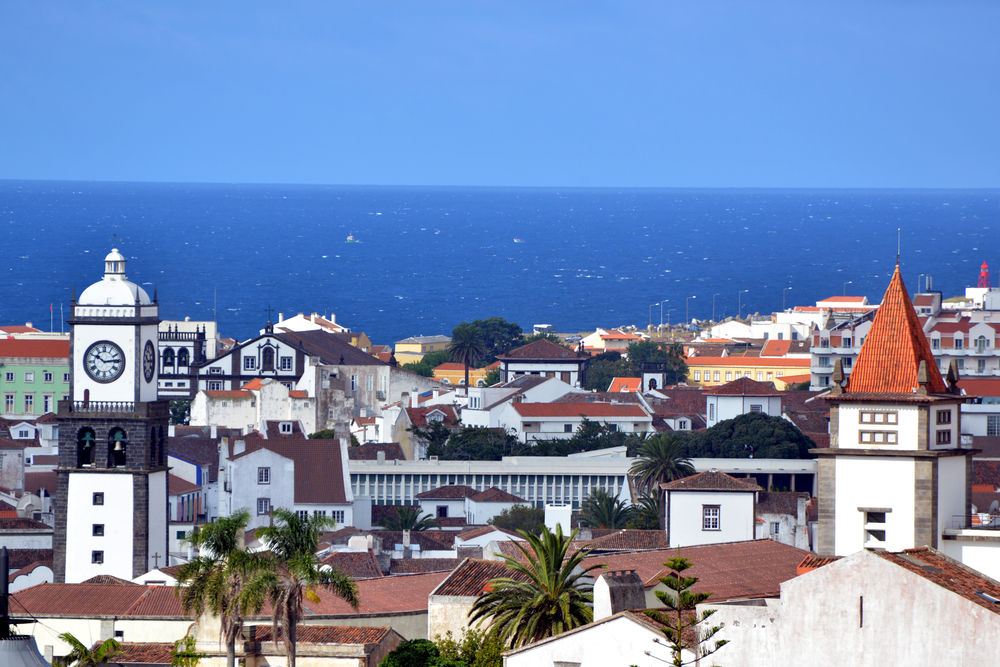
Ponta Delgada
Santa Maria
Tread the same paths as Christopher Columbus and you will be left wondering if the spectacular view before you has changed at all since the most famous explorer of them all set foot on Santa Maria 525 years ago. You won’t be alone in enjoying the island’s natural beauty. The Azores are home to twice as many cows as people, and nowhere is this more evident than Santa Maria. Here you’ll find around 10,000 of our bovine friends happily grazing in the fields that make up the island’s five farming parishes, compared to just 5,500 people.
Faial
The majority of Faial’s 15,000 inhabitants reside in its main municipal seat, Horta, with its patchwork of blue houses; a theme that continues throughout Faial, giving it the nickname the “Blue Island”. Horta is a haven for yachties who stop-off here on their adventure across the North Atlantic, fostering a cosmopolitan vibe. While the ochre walls of its fortress provide a reminder of its turbulent maritime past.
Terceira
Steeped in history – as far back as the 15th century to be precise – Terceira’s pocket-sized main town, Angra do Heroísmo, has briefly served as Portugal’s capital twice down the ages due to its strategic maritime location. Today Angra has been awarded UNESCO World Heritage status to preserve the palaces and elegant streets that were born from its prosperity. A stroll along its patterned calçada pavements takes you past colourful houses, pretty shops and the town centre botanic garden. All of which is overlooked by the verdant Monte Brazil.
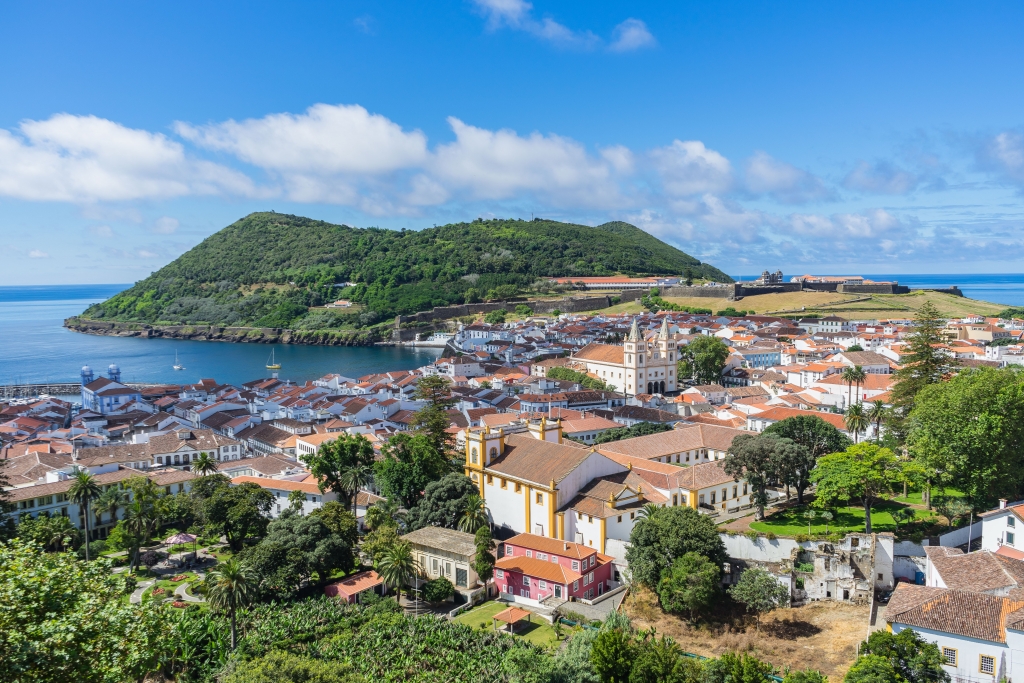
Angra do Heroísmo
Pico
Pico is defined by the 2,350-metre Mount Fuji-like volcano that towers above it, from which the island takes its name – Mount Pico isn’t just the highest mountain in the Azores, but the highest peak in Portugal. Also known as the “Grey Island”, the second largest and most volcanic of the Azores continues the colour theme, albeit in less appealing fashion. The basaltic dust and rock that gives it this dreary moniker is much more appealing than it sounds, however, producing a dramatic landscape of lava formations – caves, lagoons, natural harbours and ocean pools – that contrast beautifully with the blue waters of the Atlantic.
Getting there
Since 2015, low-cost flights provided by both easyJet and Ryanair have been heading into São Miguel, complementing state-run SATA’s year-round and inter-island services. It’s worth noting that the Azores are made up of three island groups – the easterly duo of Sao Miguel and Santa Maria, the tiny westerly duo of Flores and Corvo, and the central islands of Terceira, Graciosa, Sao Jorge, Pico and Faial – extending over 370 miles. Therefore, if you need to island hop you’ll either need to take to the air on a turboprop or hit the waves on a ferry.
–
If you are ready to buy in Portugal download the Portugal Buying Guide
Why not split the cost and double the fun of owning a holiday in Portugal by buying with family or friends? Read our guide to Buying Abroad with Family
You are looking for a property in Portugal? Search on Green-Acres
Want to sell your property on Green-Acres? Advertise on Green-acres


